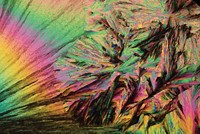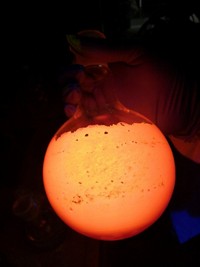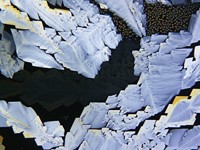Advertisement
Grab your lab coat. Let's get started
Welcome!
Welcome!
Create an account below to get 6 C&EN articles per month, receive newsletters and more - all free.
It seems this is your first time logging in online. Please enter the following information to continue.
As an ACS member you automatically get access to this site. All we need is few more details to create your reading experience.
Not you? Sign in with a different account.
Not you? Sign in with a different account.
ERROR 1
ERROR 1
ERROR 2
ERROR 2
ERROR 2
ERROR 2
ERROR 2
Password and Confirm password must match.
If you have an ACS member number, please enter it here so we can link this account to your membership. (optional)
ERROR 2
ACS values your privacy. By submitting your information, you are gaining access to C&EN and subscribing to our weekly newsletter. We use the information you provide to make your reading experience better, and we will never sell your data to third party members.
Synthesis
Chemistry In Pictures
Chemistry in Pictures: Complicated crystals
by Craig Bettenhausen
July 19, 2022

If perfectly dipole parallel–aligned organic molecular crystals sound like complex things to study, well, you’re right. Rainer Glaser’s group, now at Missouri University of Science and Technology, has been making them and interrogating their optical properties since 1995, when it first synthesized 4-bromoacetophenone 4-methoxyacetophenone azine. You’d expect a polar molecule to crystalize with the negatively charged end of one adjacent to the positively charged end of the next, but Glaser’s students found the opposite arrangement. The counterintuitive crystal packing yields polar materials that interact with polarized light in interesting and potentially useful ways. Students currently preparing butadiene derivatives of the original Glaser-lab workhorse molecule noticed an unexpected ultraviolet fluorescence from their target molecule, so they grabbed these two photos, in normal light (top) and under UV light (bottom), as they were weighing a sample.
Submitted by Harmeet Singh Bhoday
Do science. Take pictures. Win money. Enter our photo contest here.
CORRECTION:
This article was updated on Aug. 9, 2022, to correct Rainer Glaser's affiliation. Glaser's lab is at Missouri University of Science and Technology, not the University of Missouri.





Join the conversation
Contact the reporter
Submit a Letter to the Editor for publication
Engage with us on Twitter